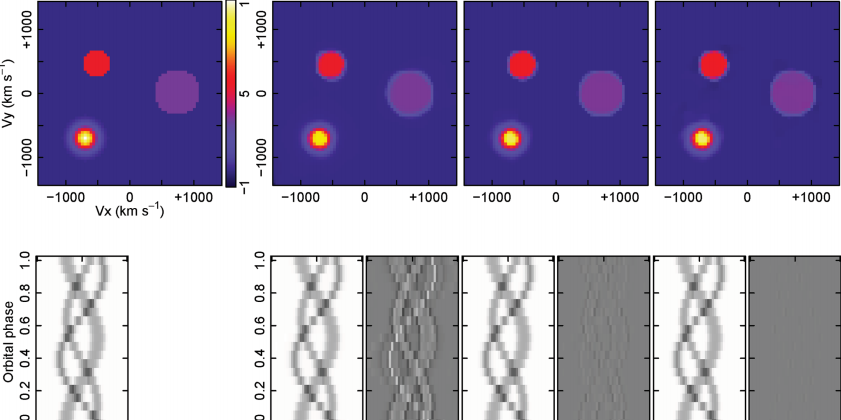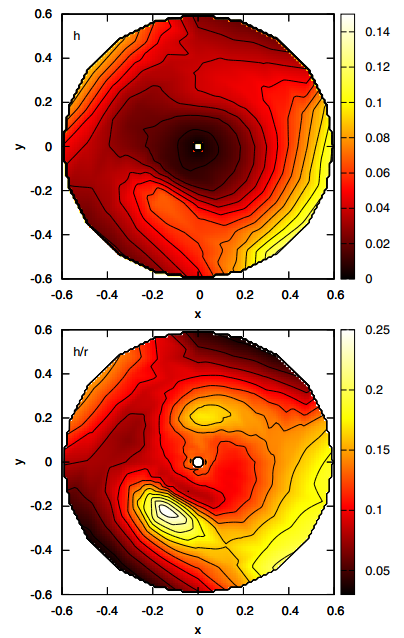Autonomous follow-up observations of cataclysmic variables

Uemura, M., Koga, Y., Sazaki, R., Yukino, T., Nakaoka, T., et al., “Smart Kanata: A framework for autonomous decision-making in rapid follow-up observations of cataclysmic variables”, PASJ, 77, 219, 2025
Studying the early stages of transient events provides crucial information about the fundamental physical processes in cataclysmic variables (CVs). However, determining an appropriate observation mode immediately after the discovery of a new transient presents challenges due to significant uncertainties regarding its nature. We developed a framework designed for autonomous decision-making in prompt follow-up observations of CVs using the Kanata 1.5-m telescope. The system, named Smart Kanata, first estimates the class probabilities of variable star types using a generative model. It then selects the optimal observation mode from three possible options based on the mutual information calculated from the class probabilities.



